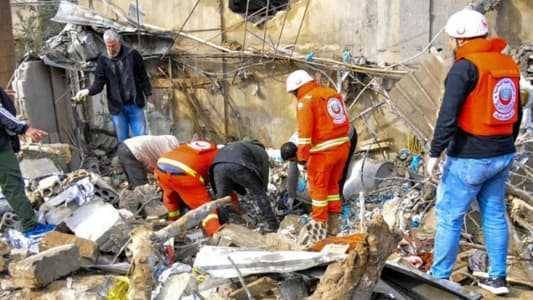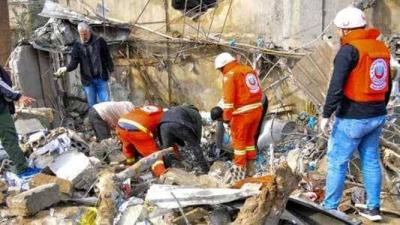The number of fighters who have died in the ongoing war in southern Lebanon has exceeded the number of Hezbollah fighters killed in the July 2006 war, despite the significant difference in the nature of the two conflicts. Hezbollah described the recent battle as a supportive front for the Gaza Strip, while the 2006 war was an open conflict that spread across all of Lebanese territory. Since October 8, Hezbollah has been engaged in battle against the Israeli army, in the context of the Gaza war, with operations limited to a geographic area not exceeding seven kilometers on either side of the border. Exceptions exist, as Israel frequently conducts strikes in farther areas through air force operations that have directly targeted vehicles and buildings in the Bekaa Valley (eastern Lebanon), the Shouf coast, and the southern suburbs of Beirut.
The number of fighters killed on the Lebanese front has risen to 279, who died in southern and eastern Lebanon due to Israeli strikes and direct and indirect targeting. Researcher Mohamed Shams al-Din from the International Information Center told "Asharq Al-Awsat" that these include 260 fighters mourned by Hezbollah, 14 fighters mourned by the Amal Movement, 3 fighters mourned by the Islamic Group, and one fighter mourned by the Syrian Social Nationalist Party, in addition to one soldier in the Lebanese army mourned by the military.
### Civilian Death Toll and Comparison with July War
Since October 8, the reported death toll has surpassed the numbers announced for the fighters killed in the July 2006 war. Estimates among those familiar with Hezbollah's circles indicate that the number of fighters killed in the July war was around 250, and did not exceed this number, while the number of Lebanese civilian deaths approached 1,200.
Shams al-Din clarified that in the recent war, Hezbollah publicizes all fighters and mourns them as martyrs on the path to Jerusalem, including their names, military titles, ages, photos, and hometowns. In contrast, during the July war, this procedure did not cover all fighters, with only 65 fighters officially announced at that time, which included their birth dates and other details. Shams al-Din confirms that the current number exceeds the reported fatalities during the July war and its associated estimates. He also emphasizes the need to consider that the July war lasted 33 days, while this war has extended for about six months, which undoubtedly contributes to the higher death toll.
Israel is utilizing most of the weapons it previously used in the July war, such as airstrikes and artillery shelling, which have caused significant destruction in the border area, while adding sophisticated weaponry, including precision missiles and guided bombs dropped by highly advanced drones targeting fighters on the battlefield. However, Israel has not conducted a ground incursion as it did in July, nor has it used naval bombardment as it did in 2006.
### Civilian Casualties
In addition to the 279 fighters, there have been other Palestinian fighters killed in the battle, mourned by Hamas and Islamic Jihad. To date, the deaths of 66 Lebanese civilians have also been recorded. This group includes 23 women, 15 men, 8 children, 3 journalists, and 18 paramedics, according to numbers from the International Information Center, a Lebanese research and statistical institution. The paramedics comprise 9 from the Islamic Health Organization (affiliated with Hezbollah), 2 from the Al-Risaleh Health Aid Society (affiliated with the Amal Movement), and 7 from the Islamic Medical Association (close to the Islamic Group), who were killed in the attack in al-Habbariyeh last week, according to "Asharq Al-Awsat".




